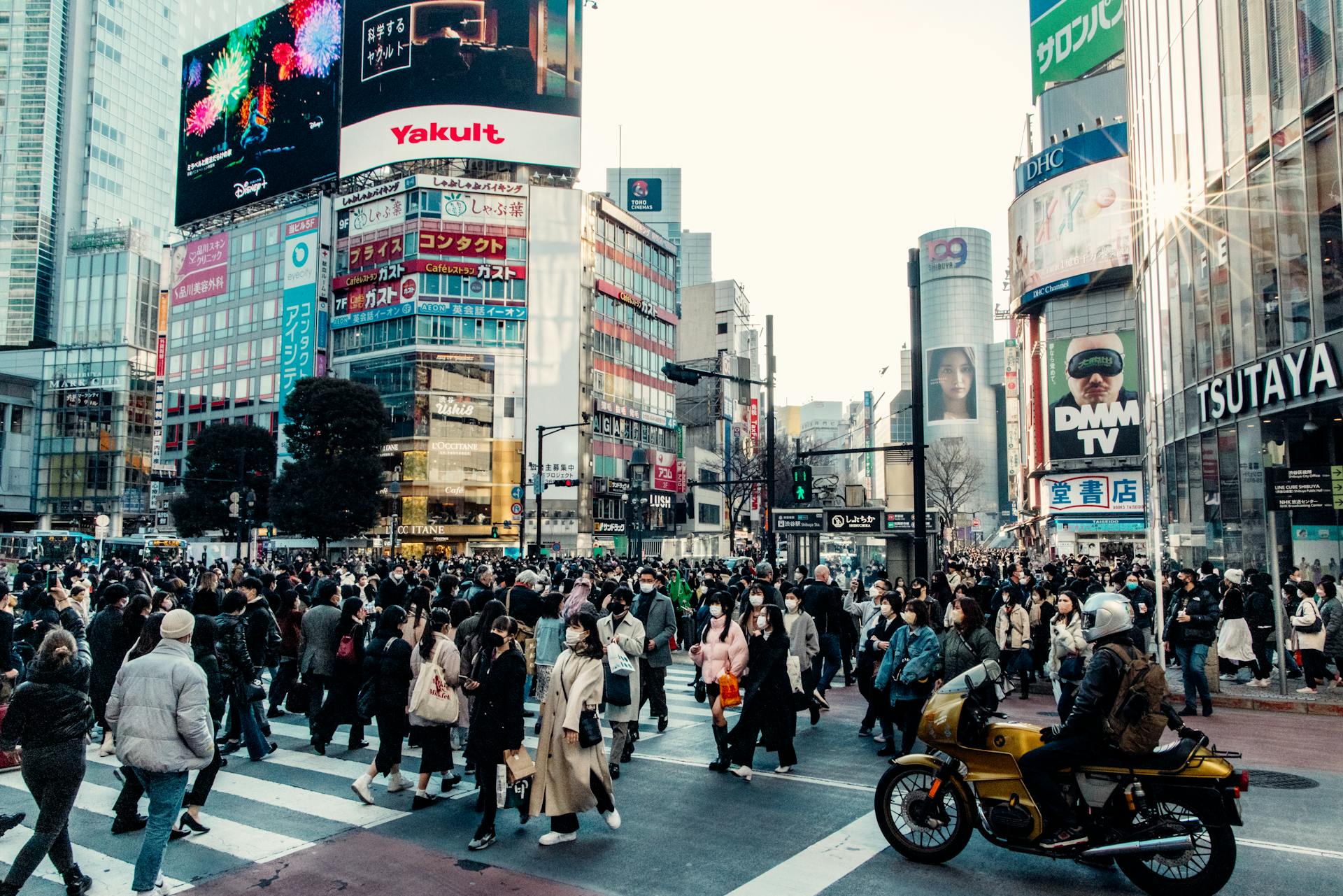America’s roads are increasingly dangerous for pedestrians. In 2022, 7,522 pedestrians died, and 67,000 were injured in traffic crashes, according to NHTSA. This is particularly perplexing because it comes at a time when cities have invested in infrastructure improvements like new sidewalks, crosswalks, and pedestrian signals.
We have better roads and more designated pedestrian crossings, yet more people are dying while simply trying to walk. Fortunately, technological innovations hold the potential to redefine pedestrian safety. From automatic emergency braking to smart crosswalks, emerging technologies offer hope in the fight against the rise in pedestrian fatalities.
This blog post delves into the cutting-edge solutions that are revolutionizing pedestrian safety. Moreover, it explores why pedestrian deaths are on the rise despite advancements in urban infrastructure.
Why More Deaths Despite Better Infrastructure?
A 56-year-old man was hit and killed by a car in Sunset Hills. KSDK news reports a 66-year-old man was driving his car when the pedestrian entered the road and was hit. The accident happened near South Geyer Road and Cragwold Road in St. Louis. The pedestrian died at the scene while the driver stayed and cooperated with the police.
This incident is another example of the tragic trend of pedestrian deaths in St. Louis. It adds to the growing number of recent fatalities. In August 2024, St. Louis witnessed six pedestrian deaths in a week, as per FirstAlert4. The City is working on getting speed and red-light cameras, but there’s no set date for installing them.
It may seem counterintuitive that pedestrian deaths are on the rise despite the improvements made to road infrastructure. Cities are adding more crosswalks and widening sidewalks, yet fatalities continue to climb.
This trend can be attributed to what is often referred to as the “safety paradox.” When roads are designed to appear safer, they may unintentionally encourage riskier behaviors. Wider roads, for instance, can give drivers a false sense of security, prompting them to drive faster. This increased speed can lead to more accidents despite enhanced safety features.
What to Do After a Pedestrian Accident
Pedestrian accidents often result in serious injuries with lasting consequences. Victims may face mounting medical bills, lost wages, and ongoing pain and suffering. In the aftermath of such a traumatic event, it’s crucial to understand your rights and options.
Following the above example, seeking legal counsel is essential if you or a loved one got injured in a pedestrian accident in St. Louis. A St. Louis personal injury attorney can be a valuable advocate during this difficult time. They can help you understand the legal process for pedestrian accident claims and explain how to establish negligence and liability.
TorHoerman Law highlights that a personal injury attorney can also investigate the accident to determine the cause and gather evidence to support your claim. They can negotiate with insurance companies on your behalf and fight to get you the compensation you deserve. This compensation may include medical expenses, lost wages, pain and suffering, and other damages related to the accident.
How Technology Can Help Reduce Pedestrian Deaths
Technology offers a glimmer of hope in the fight against rising pedestrian deaths. Innovation is paving the way for safer roads, from advanced safety features in vehicles to more intelligent infrastructure.
Pedestrian Detection Systems
Pedestrian Detection Systems (PDS) acts as the driver’s second set of eyes, constantly scanning the road ahead for people walking or cycling. This technology reduces accidents by alerting drivers of dangers they might overlook.
A study published in MDPI describes a new method for detecting pedestrians in images. This system introduces a new module that improves the network’s understanding of pedestrian features in an image. It helps the model better distinguish between pedestrians and the background.
After testing on the pedestrian dataset, this system significantly improved its accuracy (the AP value increased from 87.36% to 94.16%).
What is the purpose of pedestrian signals?
Pedestrian signals are traffic control devices that guide pedestrian movement at intersections and crosswalks. Their primary purpose is to enhance safety by clearly indicating when it is safe to walk or when to wait. They also help in reducing conflicts between pedestrians and vehicles.
Automatic Emergency Braking (AEB)
Automatic Emergency Braking (AEB) is a life-saving technology that is becoming increasingly common in new cars. It is designed to prevent crashes or reduce their severity by automatically applying the brakes when a collision is imminent.
According to the IIHS, AEB with pedestrian detection can reduce 25% to 27% of pedestrian crashes and 29% to 30% of injury risk. These systems use sensors like radar and cameras to constantly monitor the road ahead. If the system senses that a collision is likely and the driver isn’t reacting quickly enough, it will warn the driver.
This warning could be conveyed through a visual cue on the dashboard, an audible signal, or a tactile alert on the steering wheel. The AEB system automatically applies the brakes if the driver doesn’t act. This can help slow the vehicle significantly, reducing the impact of the collision or even preventing it altogether.
What is the difference between AEB and FCW?
Automatic Emergency Braking and Forward Collision Warning are vehicle safety systems that act differently. FCW warns the driver of an impending collision with a visual or audible alert. Conversely, AEB can automatically apply the brakes to prevent or reduce the severity of a crash if the driver doesn’t react in time.
Smart Crosswalks
Smart crosswalks are changing our perception of pedestrian safety. Instead of traditional painted lines and static signals; they use technology to create a safer experience for people crossing the street.
Smart crosswalks have bright LED lights embedded in the pavement. These lights can flash or create patterns, making the crosswalk more noticeable to drivers, especially at night or in bad weather.
A study in ScienceDirect uses smart LED lights to highlight crosswalks. It shows that smart crosswalks make a big difference. When using smart LEDs, drivers react sooner and have more time to avoid pedestrians. This is true even when drivers are distracted, regardless of how difficult the distracting task is.
Interestingly, drivers drove slower when they had a more difficult distracting task. It suggests they were trying to compensate for the added mental workload.
Improved Street Lighting
Improved street lighting is vital in making our roads safer, especially at night. Drivers have a harder time seeing pedestrians and other obstacles when it’s dark. Good street lighting illuminates the road and surrounding areas, making it easier for everyone to see and be seen. This increased visibility helps prevent accidents and makes people feel safer walking or cycling after dark.
Traditional streetlights often use high-pressure sodium lamps, which give off a yellowish light. These lamps can be inefficient and don’t always provide the best visibility. Modern street lighting is shifting towards LED technology. LED lights are brighter, more energy-efficient, and last longer. They also produce a whiter light that improves color rendering, making it easier to distinguish objects.
What is the new street light technology?
New street light technology uses smart street lights with LED luminaires, sensors, and wireless connectivity. This allows for remote management, automatic dimming based on ambient light, and motion-activated illumination. It leads to energy savings and improved safety.
The path to safer roads requires a collaborative effort. We need continued investment in technology, stricter enforcement of traffic laws, and education that empowers everyone to make safe choices. By working together, we can build a future where walking and cycling are safe and enjoyable activities. Let’s commit to creating roads where everyone can travel safely, regardless of how they choose to get around.




